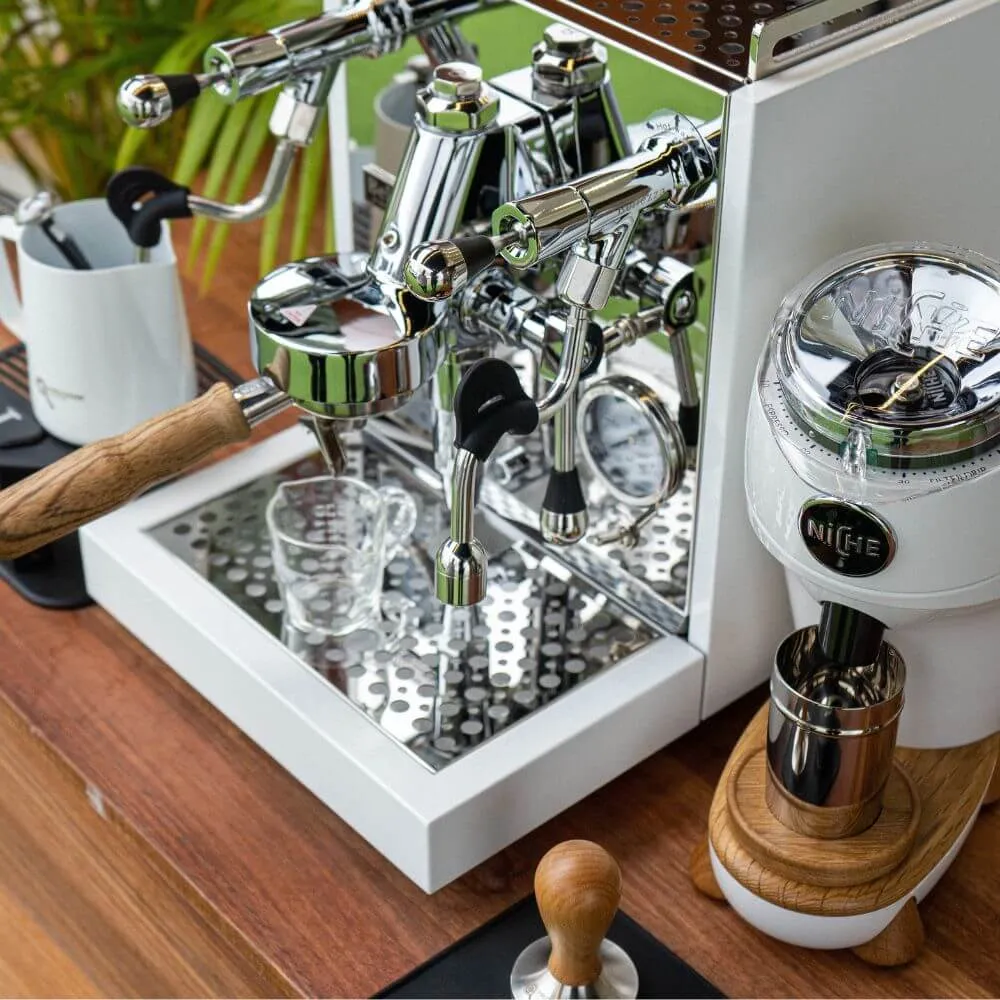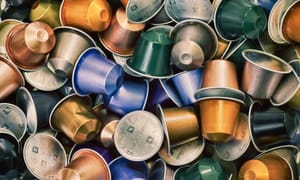The Essential Espresso Tools: Make Your Morning Special
Key Takeaways:
- Understanding the various espresso tools can significantly enhance your coffee-making experience.
- Proper use of espresso tools can lead to a better tasting espresso with a more consistent flavor profile.
- Investing in the right espresso accessories can streamline the brewing process and improve the overall quality of your espresso.
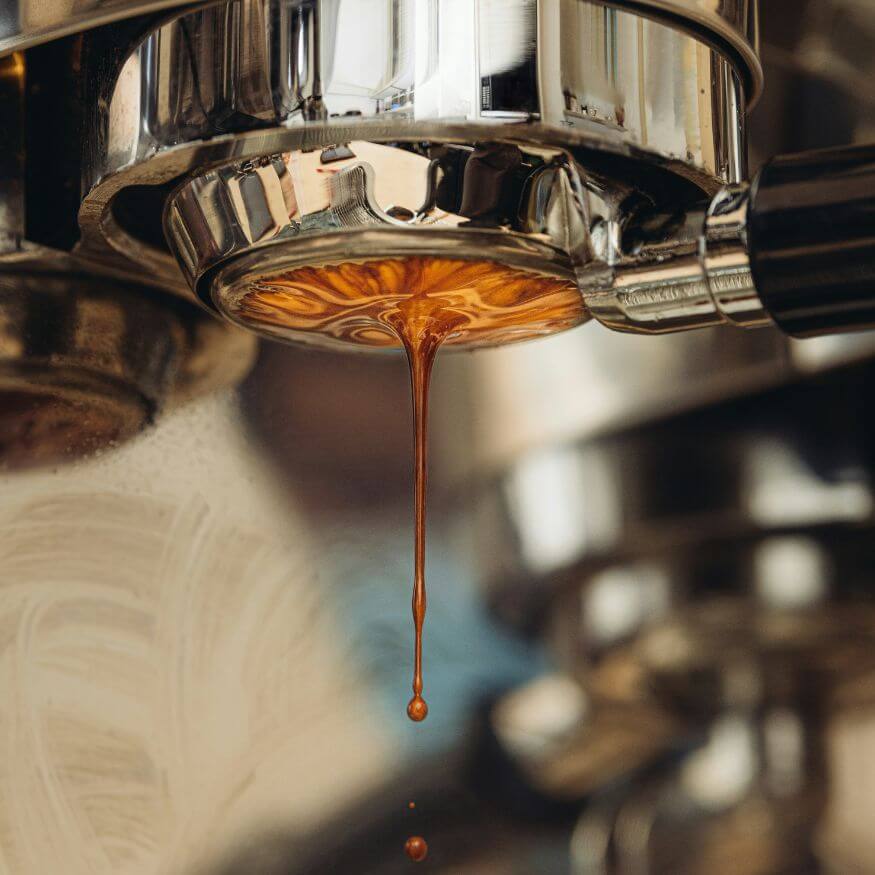
Espresso, the rich and intense coffee experience, is as much an art as it is a science. To craft the perfect shot, one must not only understand the brewing process but also the tools that make it possible. In this comprehensive guide, we'll explore the essential espresso tools that every barista, whether professional or amateur, should be familiar with. From the espresso machine itself to the smaller accessories, each plays a pivotal role in the journey to a flawless cup of espresso.
Espresso Machines: The Heart of the Craft
At the core of espresso brewing is the espresso machine. Most espresso machines work by forcing hot water through finely-ground coffee at high pressure. This process extracts the flavors and oils from the espresso grounds, resulting in the concentrated beverage we all love. When choosing an espresso machine, consider factors like boiler size, pressure capabilities, and whether it has a built-in grinder for fresh grinding.
The Grinder: Achieving the Perfect Grind
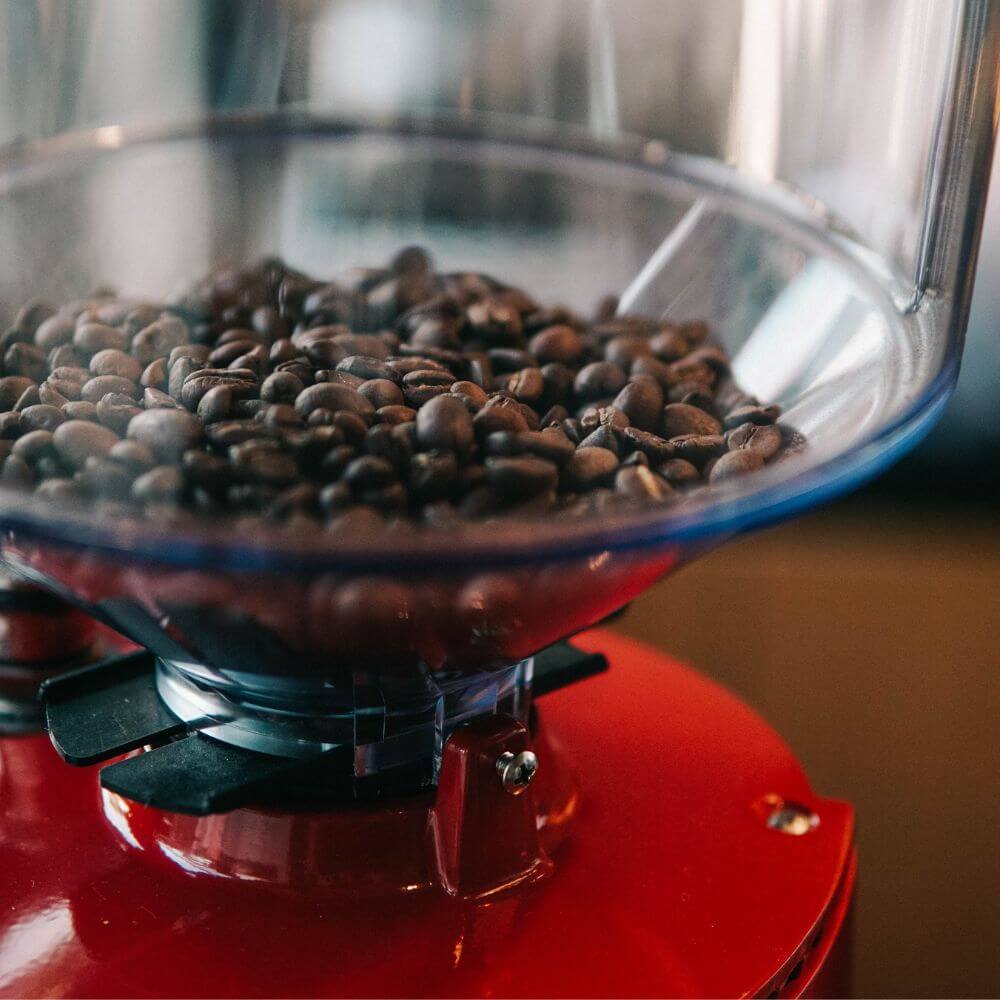
A high-quality espresso grinder is crucial for a fine and even grind. The grind size affects the flow rate of water through the coffee puck, influencing the extraction and, ultimately, the taste. Grind finer for a slower flow and a more robust flavor, or coarser for a quicker extraction and a lighter taste. Consistency is key, and the best espresso grinders provide uniform grounds every time.
Portafilters & Baskets: Precision and Consistency
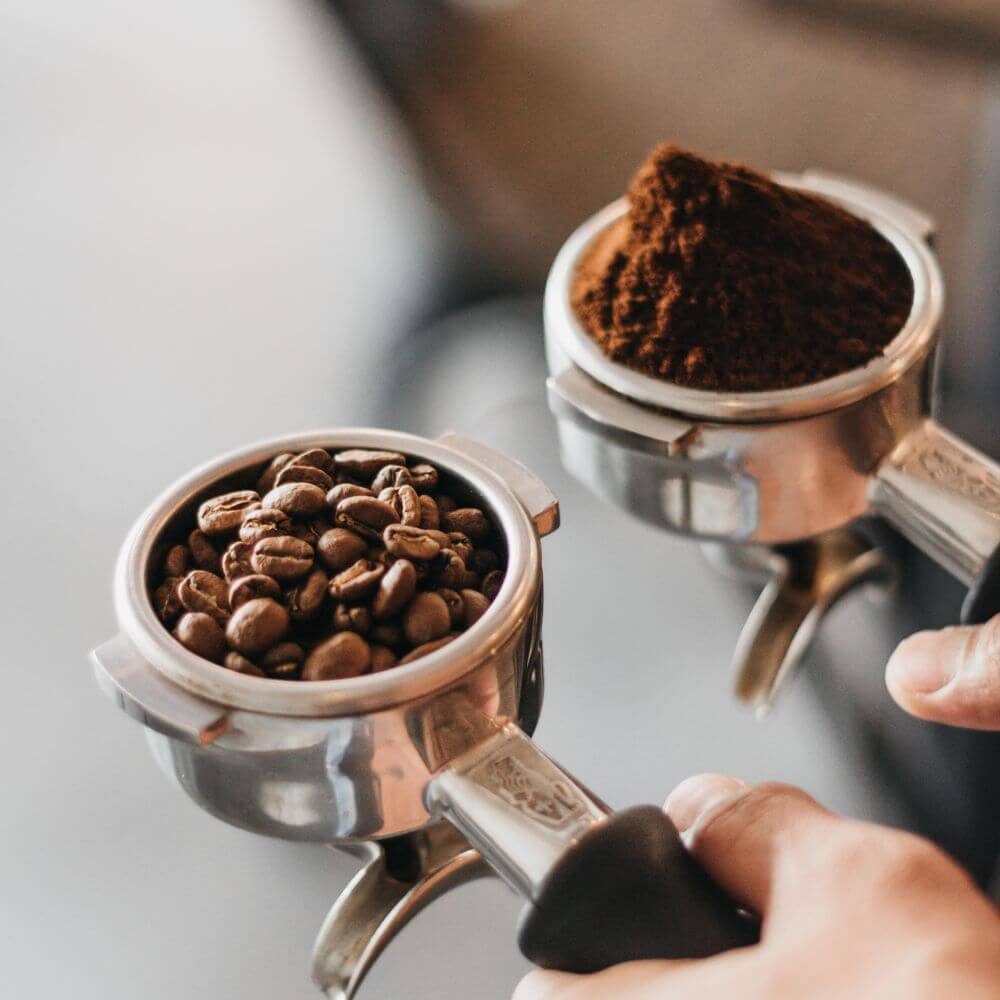
The portafilter is the handle with a basket where the espresso grounds are placed and then locked into the espresso machine's group head. Standard portafilters come with different sizes of filter baskets to accommodate single, double, or even triple shots. A bottomless portafilter, also known as a naked portafilter, is a popular tool for baristas looking to diagnose extraction issues and ensure even tamping.
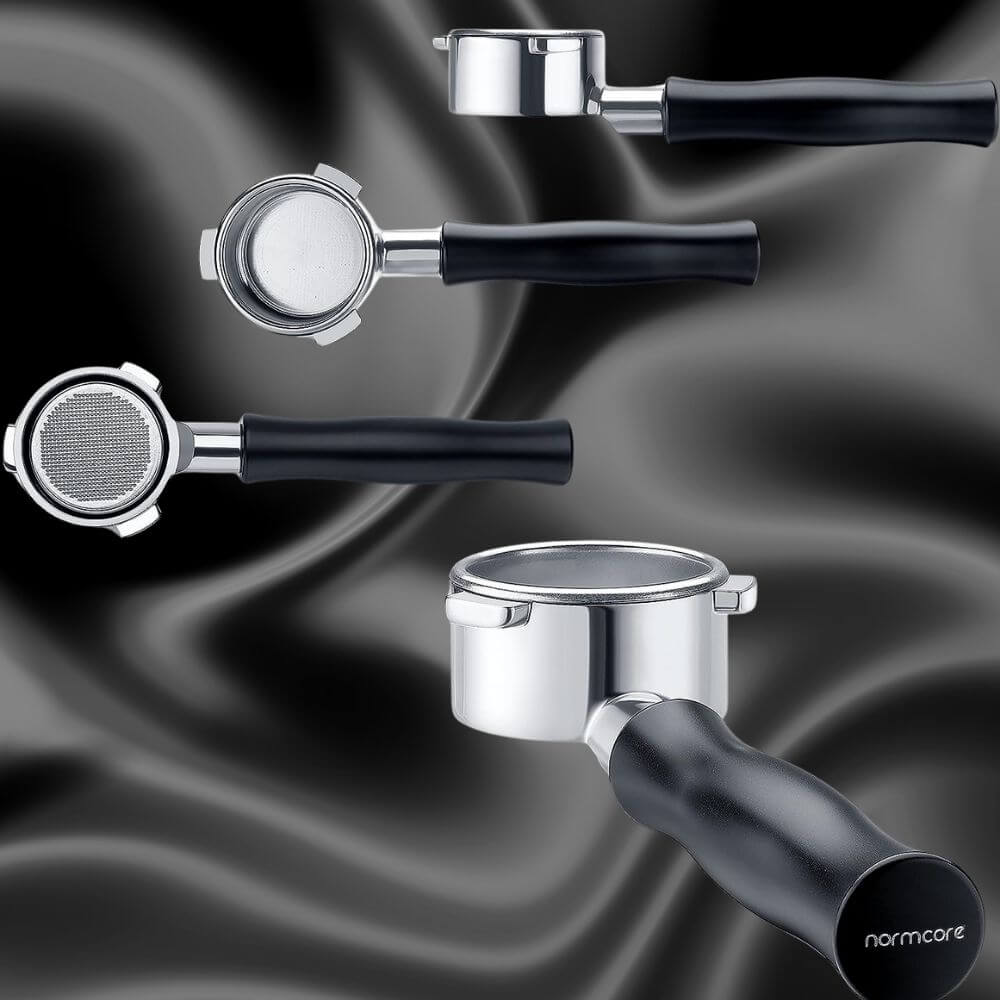
Tamping: The Art of Compression
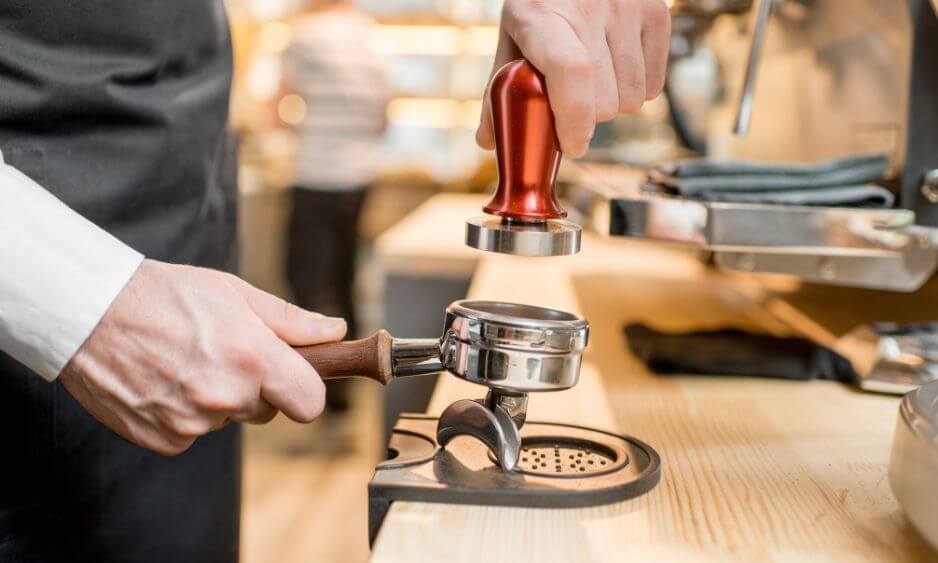
Tamping is the process of compressing the coffee grounds in the portafilter basket. A tamper is used to apply pressure evenly across the surface of the coffee puck. This ensures that water flows through the grounds uniformly, extracting flavors consistently. Tampers come in various sizes to fit different portafilter baskets, and some even have adjustable pressures for precision tamping.
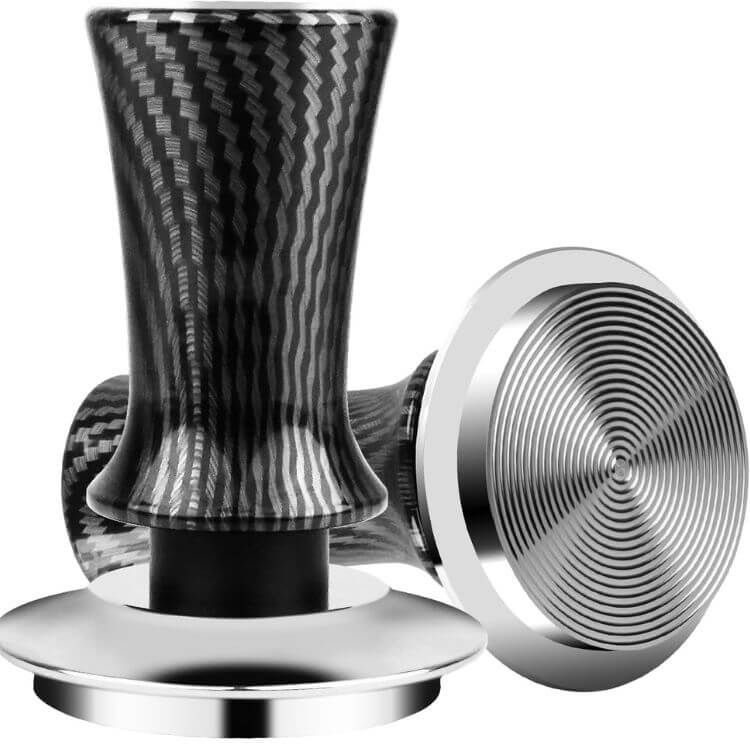
The Knock Box: A Barista's Companion
After pulling a shot of espresso, the used coffee puck needs to be disposed of. A knock box is a small container with a bar across the top that allows you to 'knock' the portafilter against it, dislodging the coffee puck. It's a simple but essential tool for keeping the barista station clean and efficient.
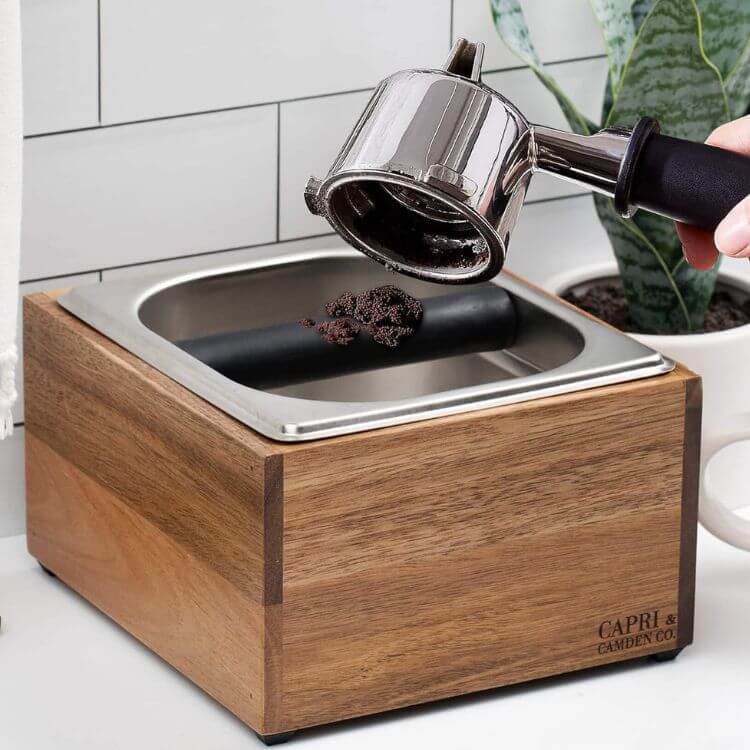
Milk Frothing Pitchers: Crafting the Perfect Foam
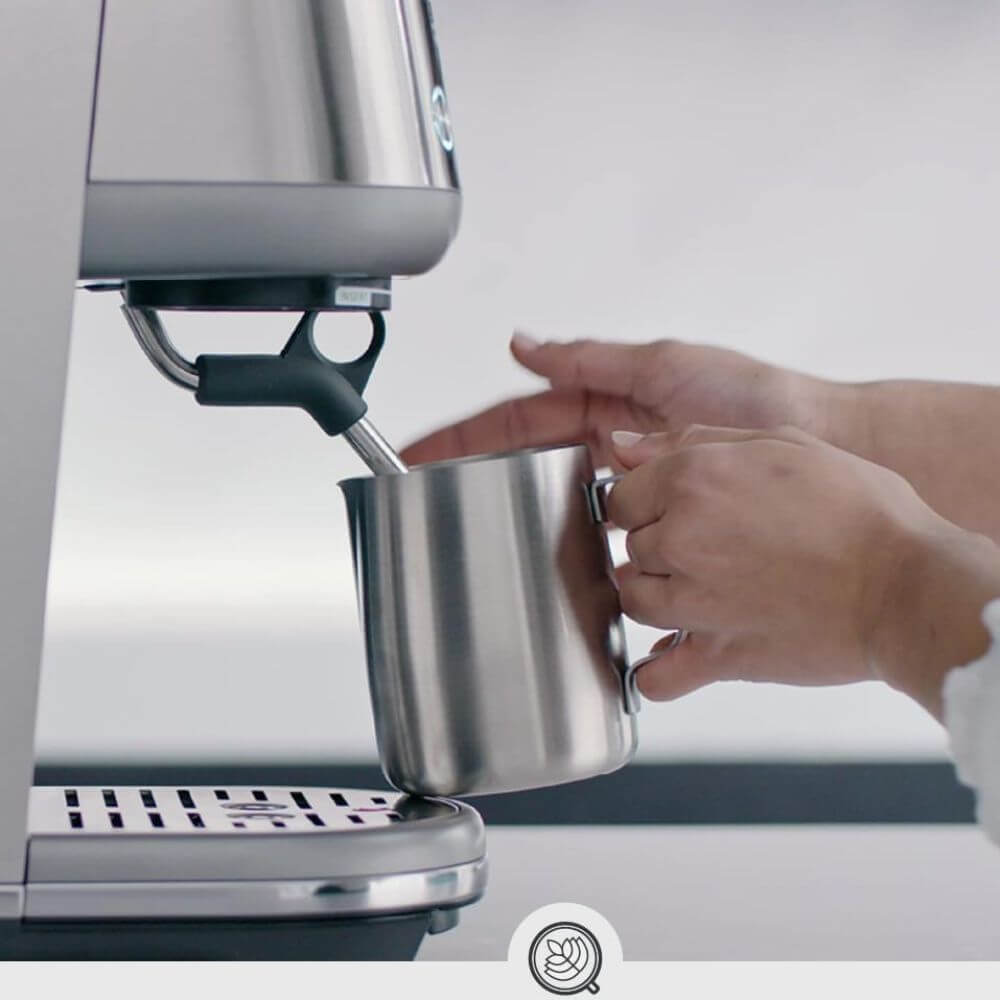
For those who love a good latte or cappuccino, a milk frothing pitcher is an indispensable tool in their coffee-making arsenal. These pitchers are ingeniously designed with the right spout and volume to help create perfectly textured milk foam. The shape and design of the pitcher play a vital role in milk frothing, allowing for optimal air incorporation and temperature control. With the correct technique and a high-quality pitcher, you can achieve a creamy, velvety foam that enhances the flavor and mouthfeel of your favorite espresso-based beverages.
4 tips for perfect milk in your latte
Milk frothing pitchers come in different sizes to suit the quantity of milk you need to froth for your drinks. Whether you're making a single cappuccino or a round of lattes for friends, there's a pitcher to meet your needs. The size of the pitcher also affects the frothing process. A larger pitcher provides more space for the milk to expand as it froths, while a smaller one offers more control over the frothing process. Moreover, these pitchers are often made from stainless steel for durability and easy cleaning. So, investing in a good quality milk frothing pitcher can truly elevate your home barista experience.
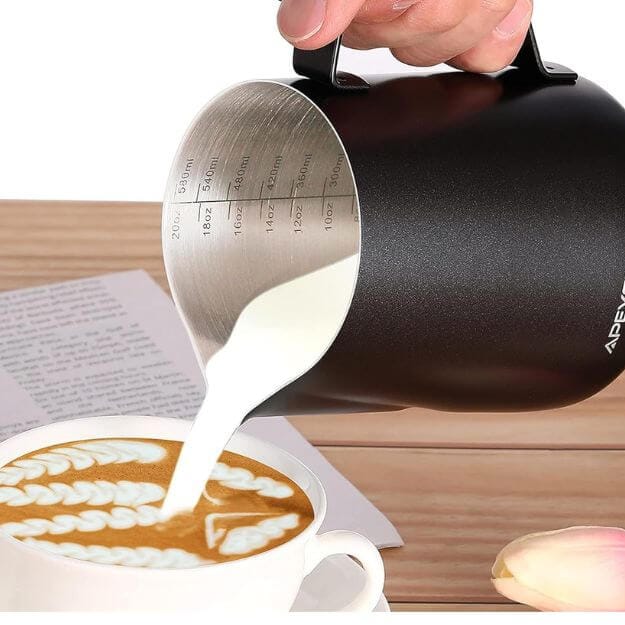
Water Filtration: Ensuring the Purest Cup
When it comes to crafting the perfect espresso, the purity of the water used is just as crucial as the quality of the espresso grounds. Most espresso machines come equipped with built-in water filtration systems, but it's important for baristas and home enthusiasts alike to understand the impact of water on espresso flavor. Hard water can lead to mineral buildup in the machine's boiler and group head, affecting both the machine's longevity and the taste of the coffee. By using filtered water, you're not only protecting your equipment but also ensuring that each cup of espresso is as pure and flavorful as possible.
Moreover, the mineral content of water can drastically alter the extraction process, influencing the overall taste and aroma of your espresso. For instance, water with higher bicarbonate levels can make the espresso taste flat, while water with a balanced mineral content can enhance the espresso's natural flavors. It's worth investing in a quality water filtration system or regularly replacing the filters in your espresso machine. This attention to detail can make the difference between a good and a great espresso, allowing the subtle notes of the coffee to shine through without any unwanted flavors.
The Digital Age of Espresso Making
In the digital era, even the traditional art of espresso making has seen technological advancements that can aid in brewing better tasting espresso. Modern espresso machines often come with digital displays and programmable settings, allowing users to make precise adjustments to the brewing process. This can include setting the exact temperature of the water, the pressure of the extraction, or the volume of the shot. These digital features take the guesswork out of pulling the perfect shot, making it easier for both novice and experienced baristas to achieve consistency and quality.
The integration of technology doesn't stop at the espresso machine itself. There are now digital scales designed specifically for coffee, which allow you to weigh your espresso grounds and espresso puck to the nearest gram, ensuring the perfect coffee-to-water ratio. Digital timers can help you track the extraction time, which is critical for a balanced and flavorful espresso. By embracing these digital tools, baristas can refine their technique and consistently produce espresso that meets the highest standards of taste and quality. Whether you're using a Breville machine with a built-in grinder or a traditional espresso grinder, these digital enhancements are reshaping the espresso landscape, offering precision and control at your fingertips.
The Shot Glass: Measuring to Perfection
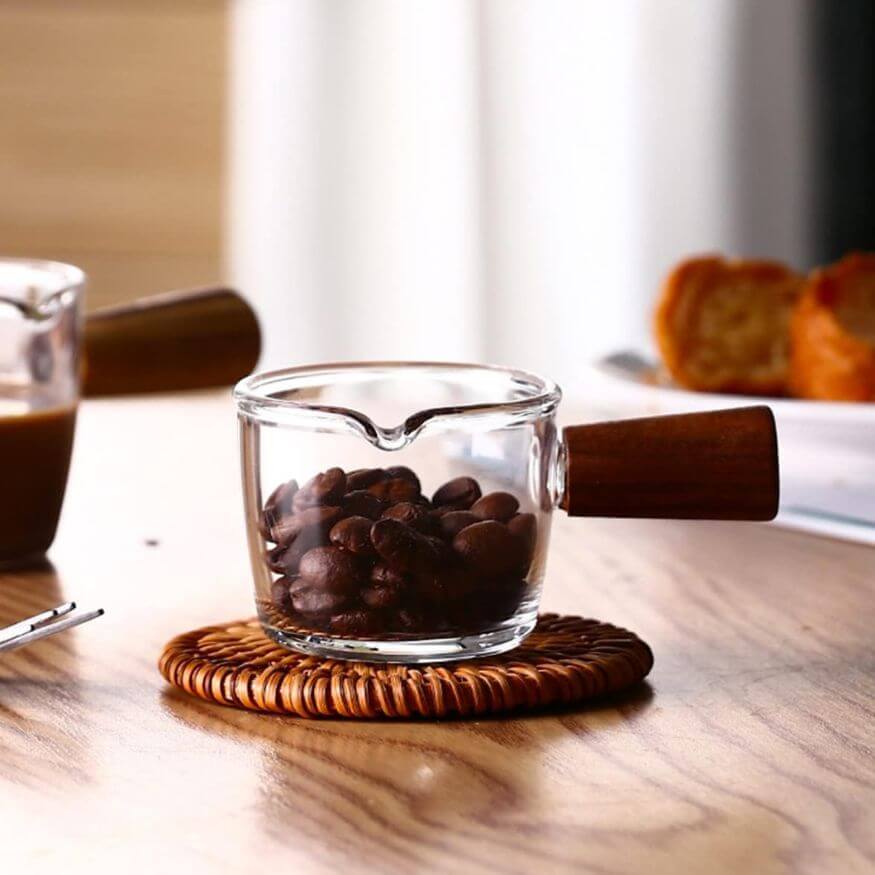
A shot glass or a measuring glass is used to catch and measure the espresso as it is being pulled. This allows the barista to ensure that the espresso shot is the correct volume. Some shot glasses come with marked measurements, while others are plain, but both serve the same purpose.
Scales and Timers: The Precision Tools
A scale is used to weigh the coffee grounds before brewing, ensuring the right coffee-to-water ratio. Some scales are designed to fit under the espresso machine's group head, allowing you to weigh the espresso shot in real-time. A timer is also essential for tracking the extraction time, which is crucial for a consistent and well-extracted espresso.
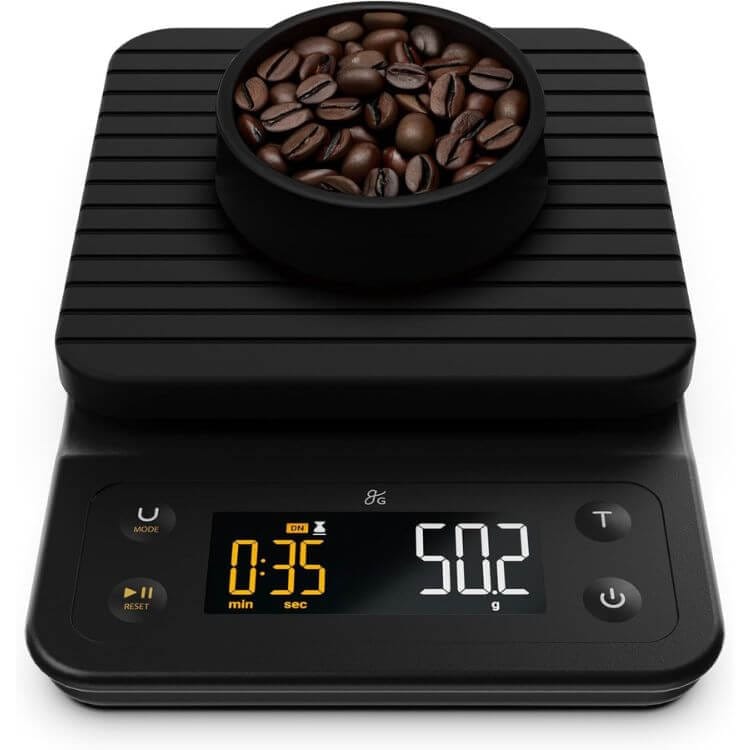
Cleaning Brushes and Maintenance Tools
Keeping your espresso machine and grinder clean is vital for the longevity of your equipment and the taste of your coffee. Specialized cleaning brushes help you reach the corners and crevices of the group head and grinder. Other maintenance tools might include descaling solutions and gasket replacements to keep your machine in top condition.
The Dosing Cup for Just the Right Amount of Espresso
A dosing cup plays a crucial role in the process of brewing espresso. It is typically used to measure and transfer the right amount of coffee grounds from the grinder to the espresso machine's portafilter. Ensuring a consistent dose of coffee is essential for achieving a well-balanced espresso shot. Too little coffee can result in a weak, under-extracted shot, while too much can lead to over-extraction and a bitter taste. Dosing cups come in different sizes to accommodate different coffee volumes, and some even have marked measurements for extra precision. By using a dosing cup, baristas or home brewers can control the consistency and quality of their espresso shots more effectively.
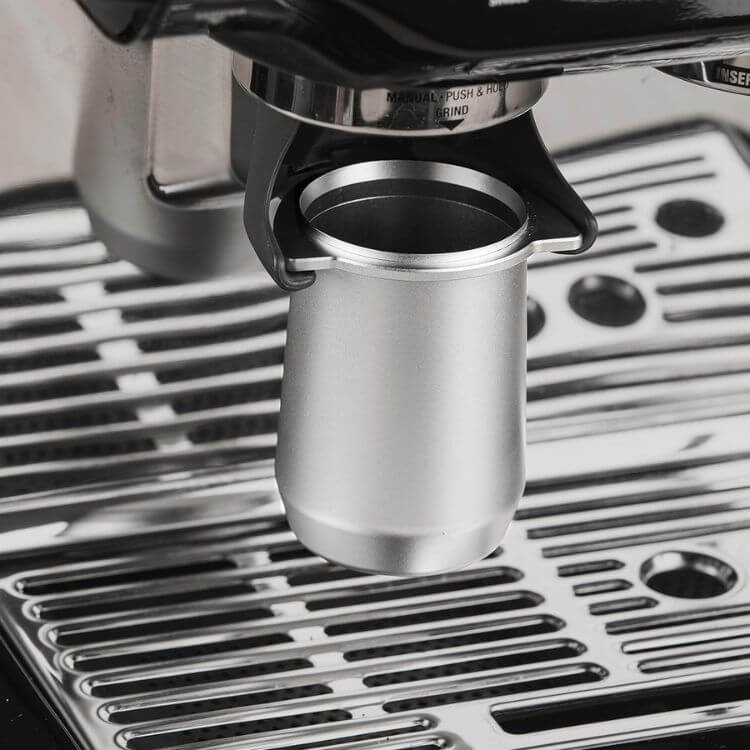
Customization & Upgrades: Endless Possibilities
For those looking to take their espresso game to the next level, there are numerous customization options and upgrades available. From PID controllers for precise temperature adjustments to custom tamper handles for a personalized touch, the possibilities are endless.
The Right Tools for the Right Drink
Whether you're pulling a straight espresso or crafting a creamy latte, the right tools can make all the difference. Understanding how each tool functions and how it contributes to the final drink will help you serve up perfection in a cup every time.
Making the Purchase: What to Consider
When it's time to purchase your espresso tools, consider factors such as build quality, material, and user reviews. Investing in high-quality tools can make a significant difference in your brewing experience and the taste of your espresso.
Espresso Tools Summary
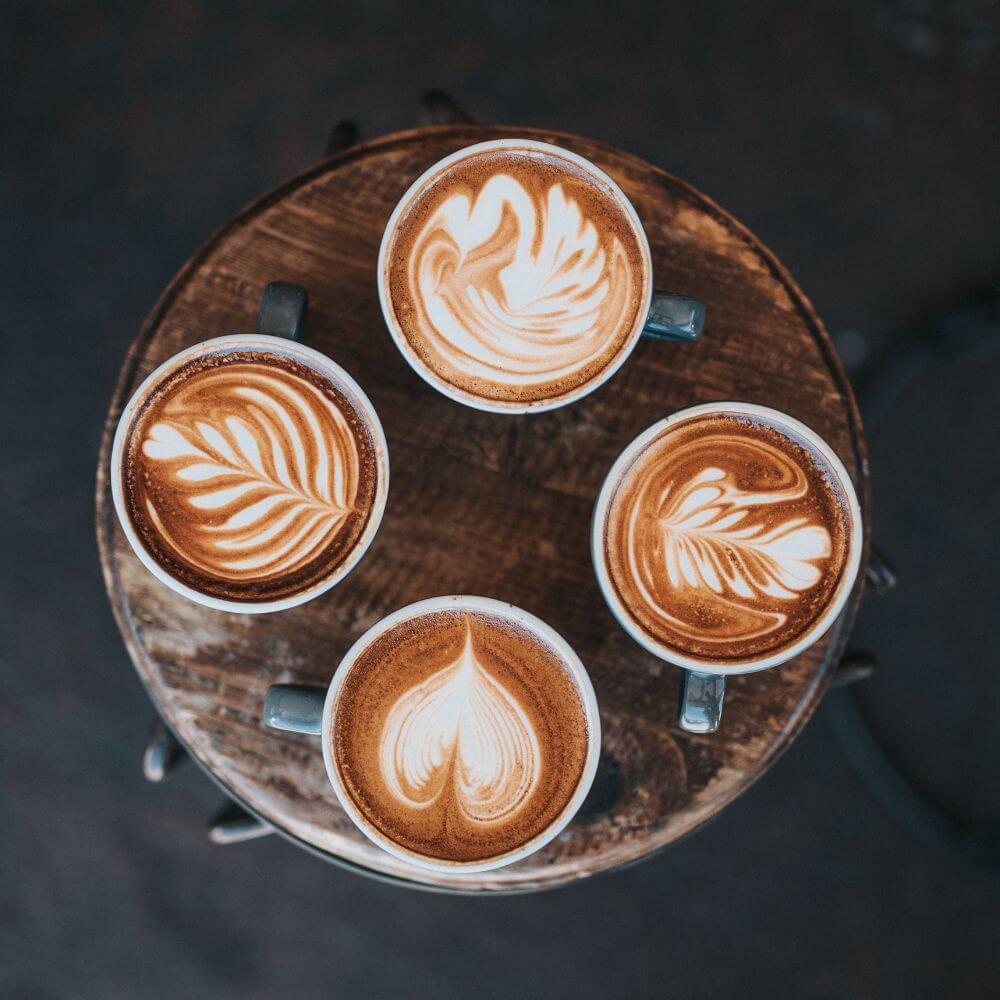
Espresso tools are the unsung heroes of the coffee world, each contributing to the creation of the perfect espresso shot. From the espresso machine and grinder to the portafilter and tamper, understanding and using these tools correctly can elevate your coffee experience. Remember to keep your tools clean and well-maintained, and don't be afraid to experiment with different accessories to find what works best for you.
Espresso Tool FAQ Section
Q: Why is it important to use a scale when making espresso? A: Using a scale ensures that you use the correct amount of coffee grounds for the amount of water, which is crucial for achieving the right coffee-to-water ratio and a consistent flavor profile.
Q: Can I use any tamper for my espresso machine? A: Tampers come in different sizes to fit various portafilter baskets. It's important to use a tamper that fits your portafilter snugly to ensure even pressure and proper tamping.
Q: How often should I clean my espresso machine and tools? A: It's recommended to clean your espresso machine and tools after each use to prevent oil buildup and ensure the best tasting espresso. Deep cleaning and descaling should be done according to the manufacturer's instructions, typically every few months.
Q: Is it important to tamp your espresso beans before brewing? Yes, tamping your espresso is a critical step in the espresso-making process. The purpose of tamping is to compress the coffee grounds in the portafilter, which slows down the flow of water during extraction. This ensures that the water comes into contact with the coffee for the right amount of time, extracting the full range of flavors from the beans.
Thanks for reading and enjoy that espresso wake up call.
J

